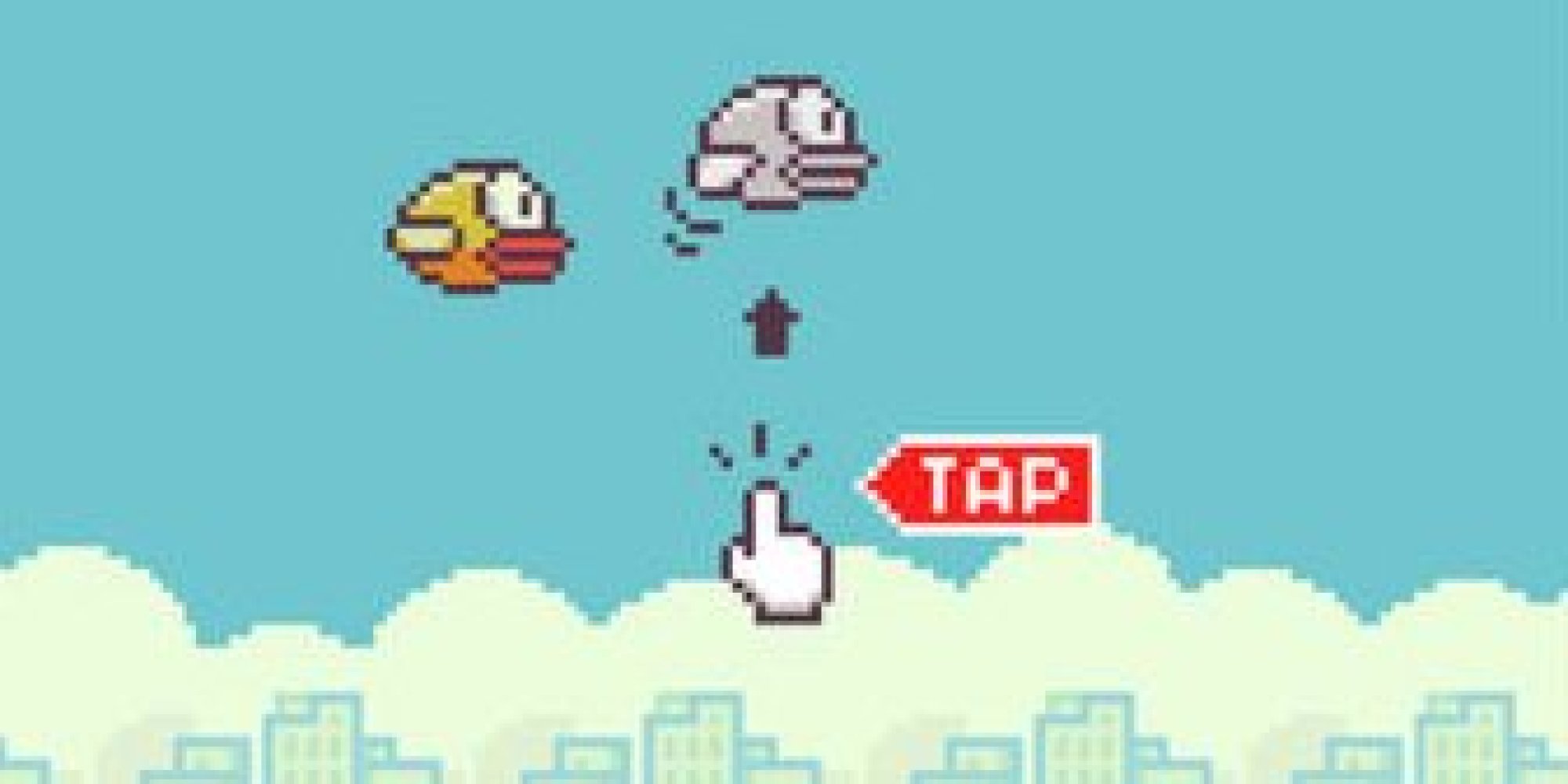Name of Game: Tap Titans
Name of Developer: Game Hive Corp
Description:
The game revolves around tapping. The player is represented by a single warrior at the center of the screen. Each tap by the player corresponds with a slash of the warrior’s sword. The player has to defeat several rounds of monsters, which increase in difficulty as the level increases. Every ten monsters, there will be a slightly harder boss monster, that the player would have to beat within a set amount of time. You can always leave a boss battle to stay at the level to ‘grind’ more gold.
The player receives resources in the form of gold each time he defeats a monster. Players can choose to invest gold in the following three things:
– Skills, which enable the player to have certain skills that will assist him in defeating the monsters.
– Level of the Warrior, which increases the base damage that each tap by the player does
– Heroes, who can assist the player by dealing a constant stream of damage and providing the player with a steady income of gold.
Link to game website:
https://www.facebook.com/taptitan
Self Observation:
My own play style reflected my natural tendency to be laid back. I invested in leveling my Heroes for the constant stream of damage. This made my progress in the game rather slow, as my raw ‘tap damage’ was always rather low and it took quite some time for me to take down each monster.
Elemental Tetrad
Mechanics:
The mechanics of this game aren’t too complex. The main form of player interaction is in the tapping. For each tap, the player deals damage to the monster. The mechanics make it such that the monster’s health increases at a rate slightly faster than the player’s damage, so that they player will have to spend time ‘grinding’ every so often.
There is also a late game ‘prestige’ mechanic, which allows the player to reset his game, but will be awarded relics which provide for artifacts that can award the player a permanent boost. This allows for a faster playthrough of the earlier stages and allows the player to be stronger than he originally was when he arrives back at the same level.
Aesthetics:
The 2D look and feel of the game falls in well with the entire theme of simplicity. The smoothness of the damage numbers popping out as the player taps helps the player to visually see his attack speed. The large numbers that pop out as you achieve a critical hit gives the users a sense of satisfaction as well. The ever changing background (it changes after each boss killed) gives the game a change to what might be otherwise considered very monotonous.
Story:
There is hardly any story linked to the game. The player is simply introduced to his character, told to tap on the screen to defeat the enemy, and the game just continues from there.
Technology:
The game utilizes the technology of touch screen phones efficiently, by minimizing the need for buttons and multiple inputs.
Lens 6 – Problem Solving
Despite being a very straightforward game, the lens of problem solving arises at regular intervals throughout the gameplay. This occurs when the boss begins to get too difficult to beat, and I have to make the decision: Do I stay at the current level for a longer period of time, or fight the boss in order to get to a higher level and earn gold more efficiently?
Lens 9 – Unification
The whole theme of simplicity is clear throughout the game. The visual designs are simplistic 2D models, while the mechanics of the game call for a rather simple tap only input. Every thing the player has to do, including leveling and gaining gold, requires the simple action of tapping on the screen.
Lens 18 – Flow
The goals of the game are simple: Defeat the current monster.
The flow of the goals from one monster to another is very clear, as only one monster appears at a time. I don’t feel like I am distracted from the goals, and the goals are generic enough so that the I have the ability to complete the goals in my own way.
Lens 29 – Chance
At random points in time, a fairy would fly in, and tapping on the fairy would provide me with a random boost. Sometimes, the boost is even beneficial enough for me to defeat a boss I previously could not. This causes me to wait in anticipation for the fairy, or even have my experience of the game changed by a timely arrival of a boost from the fairy.
Lens 31 – Challenge
I found the game to have good intervals of challenges. Due to the increase in the health of the bosses, I often end up barely defeating the bosses within the time limit. This allows me to feel a strong sense of challenge when I have to tap as fast as I can to ensure I beat the boss with mere seconds to spare.
Observations when another person is playing:
The person I was observing took a different approach to handling the game. He preferred to invest points into raw power, and coupled with his ability to tap faster, was able to push past bosses without having to rely on his helper heroes.
This play style relied a lot on the player having to use his own effort to deal more damage, and resulted in him having to play the game at a more intensive pace then I had.
Lens 42 – Simplicity/Complexity
My friend’s play style made the game even more simple. He focused singly on his tap damage, and made the game a race between his tapping abilities, and the exponential increase in boss health.
Lens 3 – Fun
My friend found the game to be fun, especially in the ever increasing damage numbers. He paralleled the game to pressing bubble wrap, a way for him to distress through having fun.
Lens 49 – Visible Progress
As he played through the game a lot faster than I had, my friend’s playthrough had a strong aspect of visible progress. You could see his damage done increase from the thousands, to millions, to billions, allowing for a visible sign of his progress in the game.
Personally, he found it very satisfying to look at the damage per second counter, which is affected by both the damage level, and the number of taps per second he could tap. He was able to set his own personal goals at each interval.
Lens 57 – Feedback
My friend noticed a form of feedback that I had neglected earlier.
Under each boss’ health, there is also a small bar that depletes in relation to the amount of time you have left to beat the boss. This provides a visual feedback to players, to help them to see how fast they are managing to whittle away the boss’ health in relation to the time left.
Both he and I felt this was a vital form of feedback, as it gave us the ability to visualize if we would be able to win the boss, especially if it would have been a close call.
Comparison Analysis
Due to our two different playing styles, I was able to observe two completely different ways that the game evolved. In my game, I spent more time waiting for my heroes to attack and generate gold, whilst my friend spent most of his playing time tapping away furiously.
From this, I learnt that a good game should allow the player to dictate the pace (to a certain extent), in order for players to have a unique experience of their own.
In addition, I was able to see how players place their priorities when given a limited resource. My aim was to level my heroes, while my friend’s goal was to level his raw damage.
As we were playing, I realized that an aspect missing from the game is a multiplayer function. A social aspect may help players to renew their interest in the game, and provide a completely different game experience to the players. It can also help with the more frustrating points of the game, as it would allow players to help one another through the harder intervals.
On the whole, my friend and I agreed that the game was one that could clearly fill the role of a ‘casual game’, one that could be picked up – and stopped – at the convenience of the player. The game in itself provides an unexplainable addictive playing experience, which makes players like my friend and I return to beat up the next boss every time we pick up our phones.



























